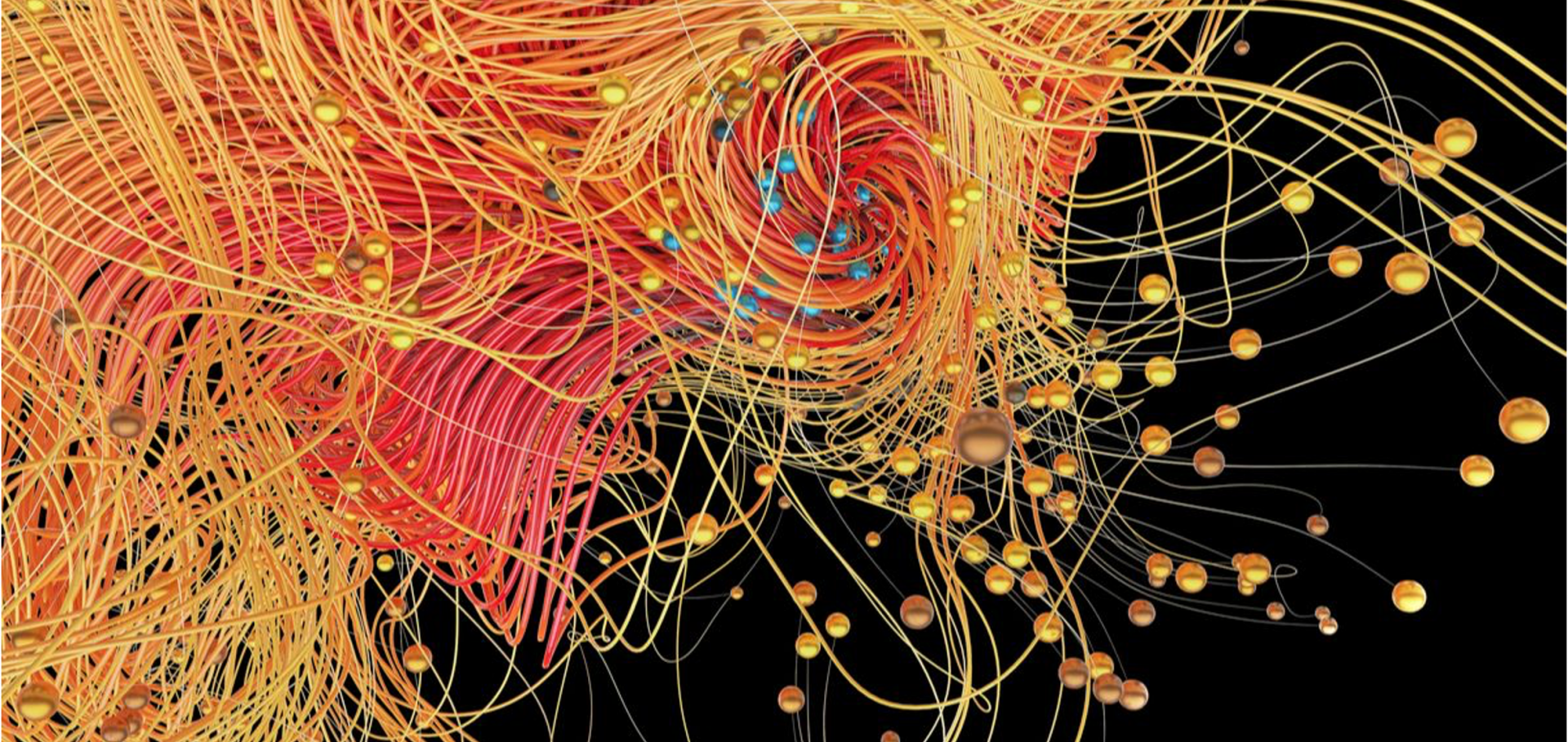Multiple defects in overdoped Tl2 Ba2 CuO6+δ : Effects on structure and superconductivity
Physica C: Superconductivity and its Applications 277:3-4 (1997) 170-182
Abstract:
It is shown that the superconducting and structural properties of Tl2Ba2CuO6+δ depend on at least two defects. The Tl/Cu ratio used during synthesis determines the concentration of a defect that is likely to be Cu substitution on the Tl site, based on previously published work that proves the existence of such a defect. The structure exhibits a smaller orthorhombic strain, or tetragonal symmetry, for high concentrations of this defect. Tc tends to be lowered by this defect. An oxygen interstitial defect in the Tl-O double layer has a more pronounced effect on Tc, allowing the compound to be overdoped as the concentration of this defect increases. Features in the diffraction data also suggest the existence of a third defect which may involve the filling of oxygen vacancies at an oxygen site in the structure during early stages of oxygenation.Synthesis, neutron diffraction study and cation substitutions in Srn-1 Cun+1 O2n (n = 3, 5)
Physica C: Superconductivity and its Applications 276:1-2 (1997) 139-146
Abstract:
The n = 3 and n = 5 members of the homologous series Srn-1,Cun+1O2n have been synthesised by a high-pressure, high-temperature technique and characterized by X-ray powder diffraction and electron microscopy as well as EDS microanalysis. The solubility range of Sr4-xNdxCu6O10 solid solution was found to be <0.1. The crystal structure of Sr4Cu6O10 was refined from neutron powder diffraction data.A neutron powder investigation of the high-temperature structure and phase transition in stoichiometric LiNbO3
Zeitschrift fur Kristallographie - New Crystal Structures 212:10 (1997) 712-719
Abstract:
The structural changes of stoichiometric LiNbO3 at temperatures up to 1470 K have been investigated by neutron powder diffraction. At Tc ≈ 1460 K, LiNbOi transforms from a paraelectric high-temperature (R3c) to a ferroelectric low temperature structure (R3c). The phase transition is of coupled order-disorder and displacive type. In the high-temperature phase, Li is highly disordered over two off-centre positions, whereas Nb takes a centrosymmetric position within O6 octahedra. An analysis of anisotropic displacement parameters shows that the probability density function of Li is extended along c, that of the oxygens is more or less perpendicular to the Nb-O bonds, and that of Nb is slightly extended in the a - b plane at high temperatures. An increase of the tilt angle of the NbO6 octahedra away from an h.c.p. arrangement towards a perovskite structure was observed. The octahedra become almost regular at high temperatures. Comparison with an earlier investigation of congruent lithium niobate shows a quite similar behaviour, however, all parameters of the latter are closer to those of the perovskite structure at same temperatures. Anomalies in the behaviour of the order parameters, a more complicated disorder and a high mobility of Li at high temperatures are explained by the competition of the order-disorder and displacive character of the phase transition. © 1997, Walter de Gruyter. All rights reserved.Anomalous Jahn-Teller distortions in La0.75 Ca0.25 MnO3 system: An X-ray absorption study
Journal of Superconductivity 10:4 (1997) 315-318
Abstract:
Mn K-edge X-ray absorption near edge structure (XANES) measurements have been made to study the temperature-dependent lattice effects in the La0.75Ca0.25MnO3 system. The high-resolution XANES spectra recorded with high signal-to-noise ratio have allowed us to study the temperature dependence of the Jahn-Teller splitting indicated directly by the dipole forbidden pre-peaks corresponding to transition in Mn 3d states. The results show splitting of the eg state in its two orbitals (dx2-y2 and d3z2-r2). The energy splitting shows anomalous temperature dependence across the giant magnetoresistance transition temperature. © 1997 Plenum Publishing Corporation.Antiferromagnetism, Ferromagnetism, and Phase Separation in the GMR System Sr2-x La1+x Mn2 O7
Chemistry of Materials 9:4 (1997) 1042-1049



